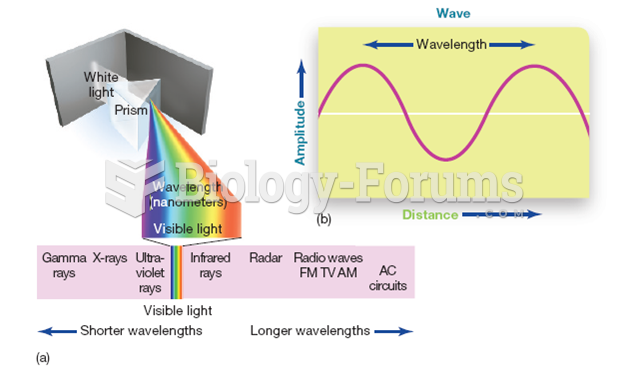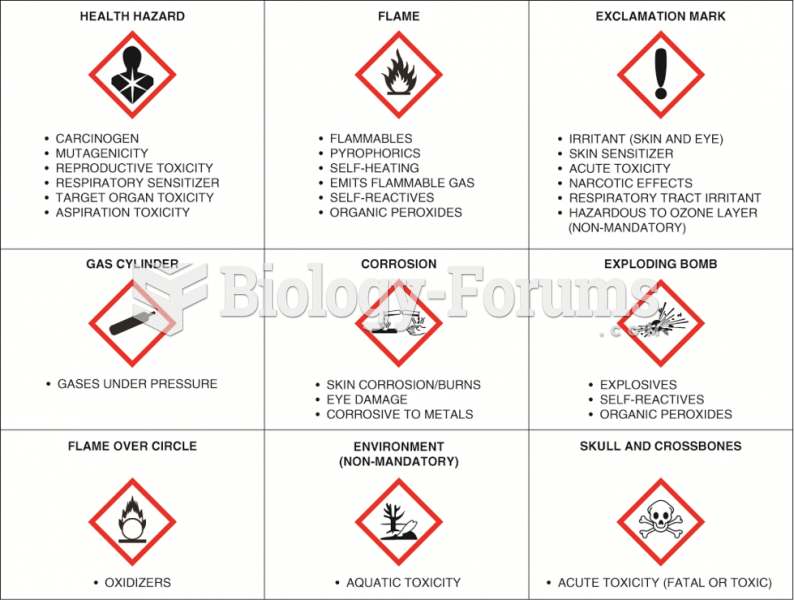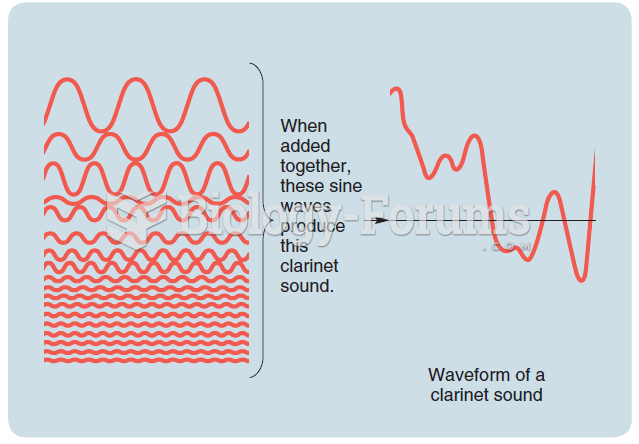This topic contains a solution. Click here to go to the answer
|
|
|
Did you know?
Cutaneous mucormycosis is a rare fungal infection that has been fatal in at least 29% of cases, and in as many as 83% of cases, depending on the patient's health prior to infection. It has occurred often after natural disasters such as tornados, and early treatment is essential.
Did you know?
Only 12 hours after an egg cell is fertilized by a sperm cell, the egg cell starts to divide. As it continues to divide, it moves along the fallopian tube toward the uterus at about 1 inch per day.
Did you know?
More than 4.4billion prescriptions were dispensed within the United States in 2016.
Did you know?
There are more bacteria in your mouth than there are people in the world.
Did you know?
This year, an estimated 1.4 million Americans will have a new or recurrent heart attack.







